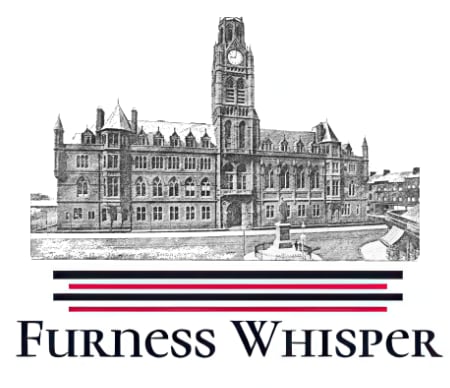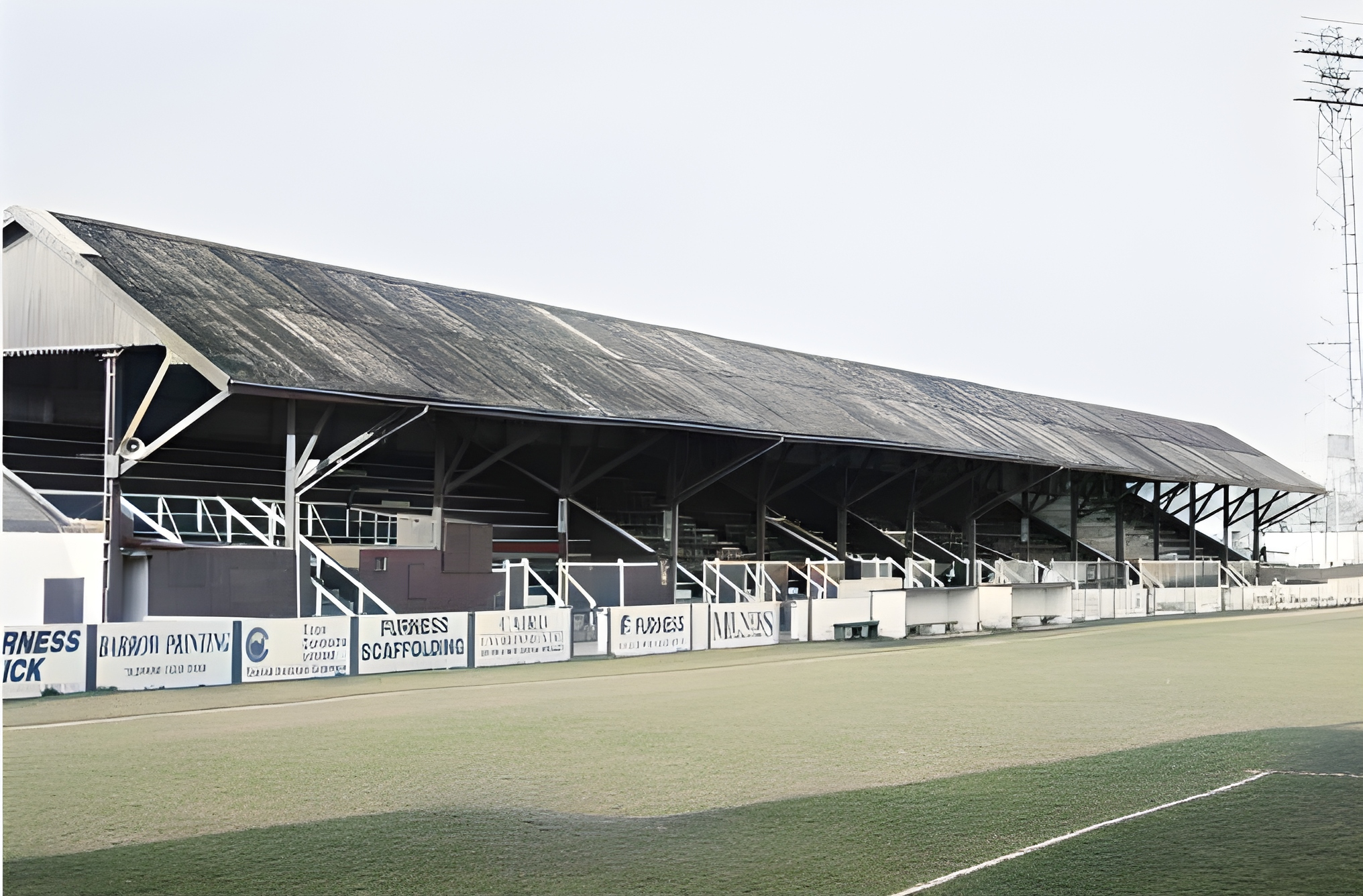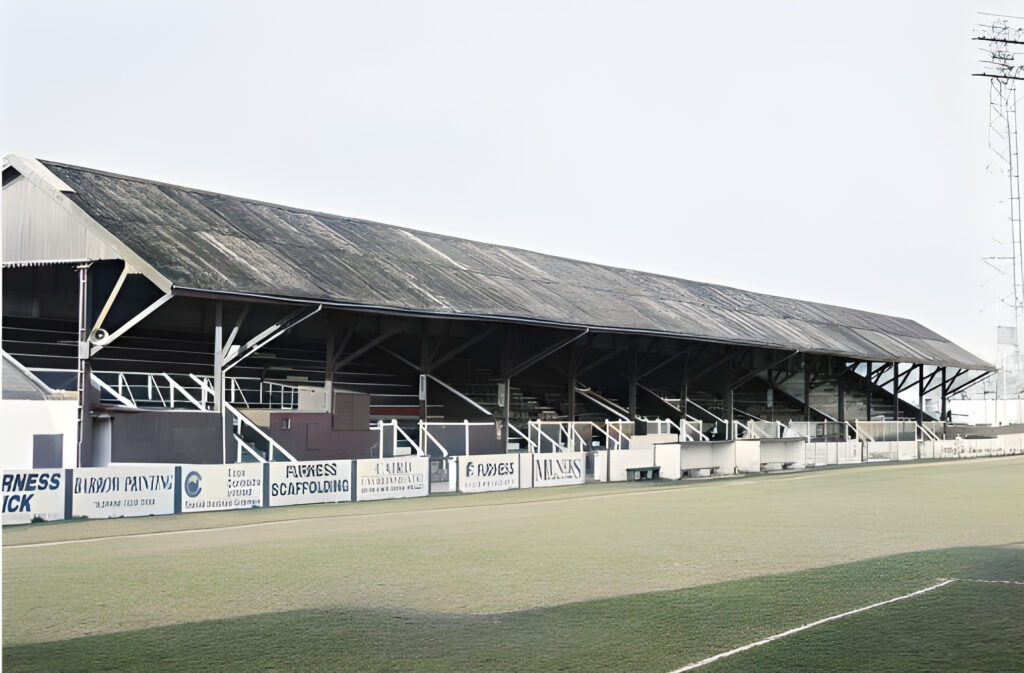
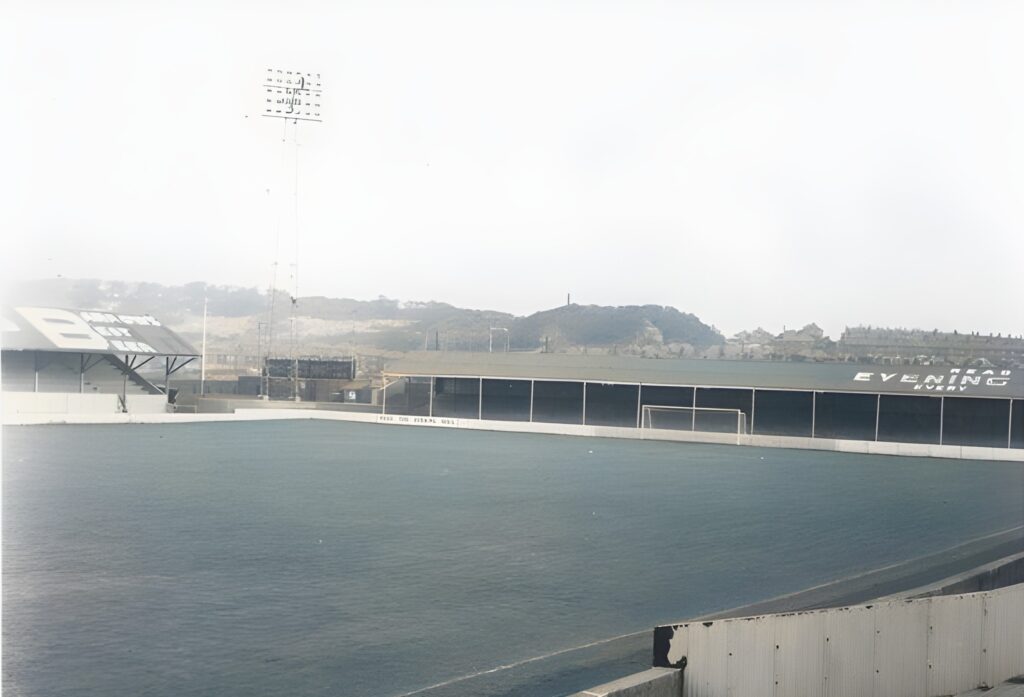
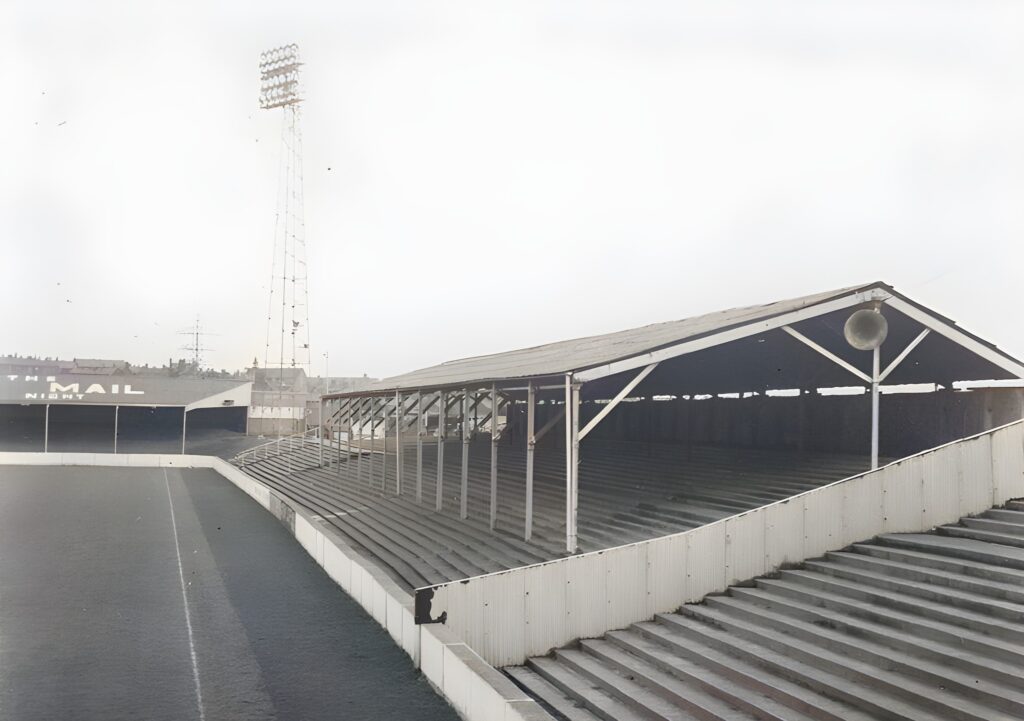


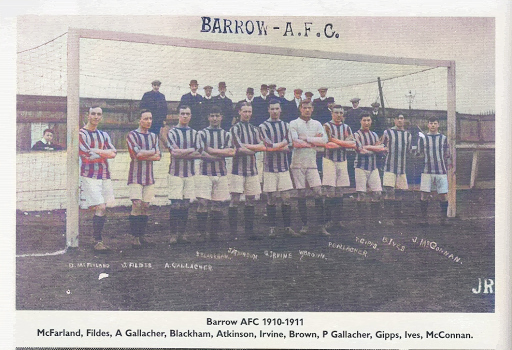

Barrow AFC’s rich history spans over a century, marked by moments of triumph, difficult struggles, and a remarkable journey through the highs and lows of English football. From its humble beginnings to its grand return to the Football League, Barrow’s story is one of resilience, heart, and unwavering support from its loyal fans.
The Early Years (1901-1914)
Barrow AFC was founded on July 16th, 1901, amidst the industrial boom of the town of Barrow-in-Furness, nestled in the picturesque Lake District. The Club’s first home ground was ‘The Strawberry’, a small, intimate setting for local football enthusiasts. Soon after, the club moved to Ainslie Street in 1904, before eventually settling in 1905 at Little Park in Roose.
It was here that the club tasted its first real success, earning promotion to Division One of the Lancashire Combination in 1908. The following year, Barrow made another leap, this time moving to the imposing Holker Street, which would become its iconic home for decades. The first match at this new ground saw Barrow defeat Eccles Borough 5-2, setting the tone for the passionate footballing spirit that would define the club for years to come.
Although there were no major trophies before the outbreak of the First World War, Barrow did make a memorable run in the FA Cup, only to be knocked out by Bradford Park Avenue, a Division Two club. World War I brought football to a halt in early 1917, but the club would return with renewed energy a few years later.
Joining The Football League (1919-1939)
When Barrow resumed playing after the war in the 1919/20 season, they were ready to make a mark. A dominant performance saw them win Division A of the Lancashire Combination, earning a spot in the Third Division North of the Football League. Yet, life in the Football League proved challenging. Their League career began with six consecutive defeats, a sign of the uphill battle they would face over the following years.
The 1933/34 season saw Barrow’s best finish in Division Three North with a respectable eighth place. However, it was their extraordinary 12-1 victory over Gateahead on the final day of the season that stole the headlines. Jimmy Shankly, who would later gain fame as a manager, scored five goals in this unforgettable match. It was a moment that captured the wild, unpredictable nature of lower-league football and the club’s undying determination to succeed.
Post-WWII Struggles and Division Reorganisation (1945-1972)
The post-war years did not bring immediate improvement, and Barrow continued to struggle in Division Three North. However, the club attracted a record crowd of 16,874 in January 1954 for an FA Cup Third Round tie against Swansea Town. The match ended in a 2-2 draw, showing that Barrow could still hold their own on the big stage, even if success in the league remained elusive.
The club’s fortunes took another twist in 1958 when the Football League was reorganised, and Barrow found themselves placed in Division Four. By January 1959, Barrow hosted the mighty Wolverhampton Wanderers in an FA Cup Third Round tie. On a frozen pitch, Barrow performed admirably in a 4-2 defeat, with a crowd of 16,340 watching on, witnessing an underdog performance that still resonates with the club’s supporters to this day.
As the 1960s progressed, the club’s fortunes began to fluctuate, but their faithful fans remained unwavering. By 1967, under manager Don McEvoy, Barrow earned promotion to Division Three, a moment of real pride for the club. Yet, following McEvoy’s departure, the club faced further struggles, eventually leading to their loss of Football League status in 1972.
The Early Non-League Years (1972-1990)
After their departure from the Football League in 1972, Barrow joined the Northern Premier League. The years that followed were tough, with financial challenges and a lack of success on the pitch. Despite these hardships, the town’s love for football remained strong. In 1976, Barrow reached the FA Cup First Round for the first time since leaving the Football League, but were defeated 2-0 by Goole Town in front of a crowd of 3,255 – proof that even in the toughest times, Barrow had a passionate following.
The 1980s brought some relief. In 1981, manager Mickey Taylor guided the team to their first trophy since leaving the Football League, winning the ATS Trophy with a 2-1 victory over Chorley. By 1988, Barrow was back in the Conference, marking a new chapter in the club’s history. A crowning achievement came in 1990 when Barrow won the FA Trophy at Wembley, defeating Leek Town 3-0 in front of a jubilant crowd. Goals from Kenny Gordon and club legend Colin Cowperthwaite sealed the victory in a moment that remains etched in the club’s history.
Relegation and Management Changes (1990-2000s)
Despite the highs of the late 1980s and early 1990s, Barrow’s fortunes would soon dip. Manager Ray Wilkie’s departure due to ill health, and subsequent struggles in the league, led to a series of managerial changes throughout the 1990s. By the end of the decade, Barrow had been relegated back to the Northern Premier League, marking a difficult period of transition.
Return to the Top Flight (2007-2010)
The 2007/08 season marked the beginning of a new era for Barrow. Under joint managers Darren Sheridan and Dave Bayliss, the club achieved promotion back to the Blue Square Premier (now the National League) after a remarkable 20-match unbeaten run. This was a triumph that many believed impossible for a club of Barrow’s size, but it set the stage for an exciting period of success.
In the 2009-2010 season, Barrow made further strides. Not only did they secure promotion to the Football League, but they also won the FA Trophy again, defeating Stevenage Borough 2-1 after extra time. It was a sensational year, capped by a trip to Wembley and a victory that sent ripples through the non-league football world.
Recent Struggles and Rebuilding (2011-2020)
However, the following years were not without their challenges. A series of managerial changes and financial difficulties led to fluctuating results, with Barrow slipping in and out of the upper echelons of the National League.
The true turning point came in 2020. After winning the National League title on a points-per-game basis, Barrow made their long-awaited return to the Football League after 48 years. Despite the disruption caused by the COVID-19 pandemic, which limited fans’ attendance, Barrow’s return to League Two was a momentous occasion for the club and its supporters.
Modern Era (2021-Present)
The club’s journey in the Football League has not been easy. Struggles with managerial consistency, including the departures of Ian Evatt and David Dunn, left Barrow in a precarious position. However, the arrival of manager Mark Cooper in 2021 brought a brief resurgence, even though it was marred by a heavy defeat to Aston Villa in the Carabao Cup.
In 2022, Pete Wild took over as manager, guiding Barrow to a solid mid-table finish in League Two, along with a run in the EFL Trophy knockout stage. The 2023-24 season brought further highs and lows, as Barrow missed out on the play-offs by a single point, leading to another managerial change with Stephen Clemence appointed as head coach.
Barrow AFC’s journey through British football is a testament to the club’s resilience. From the early days in the Lancashire League to their return to the Football League, Barrow has always embodied the heart and soul of English football. Their supporters, who have been with them through thick and thin, continue to dream of brighter days ahead as the club works towards regaining its former glory.
